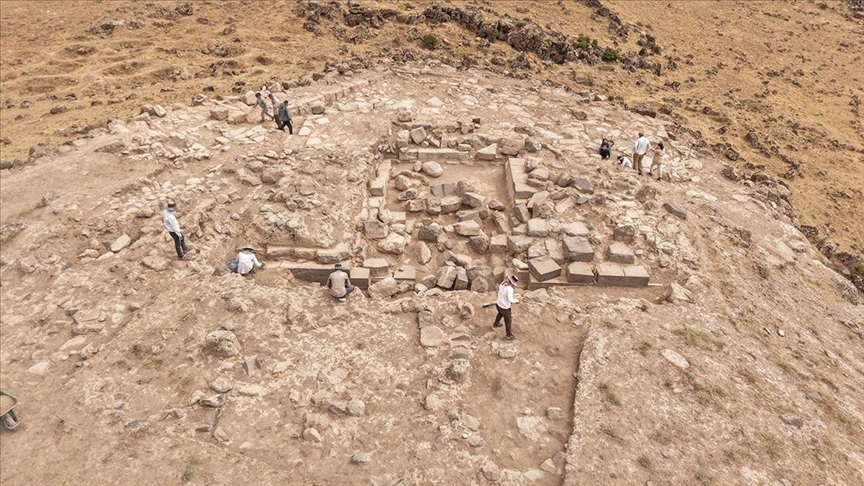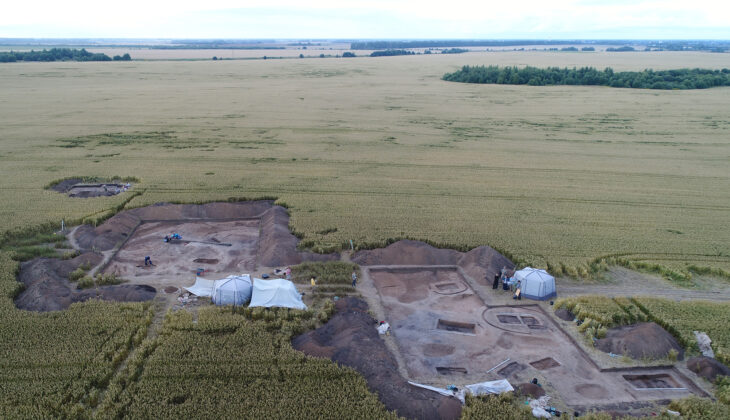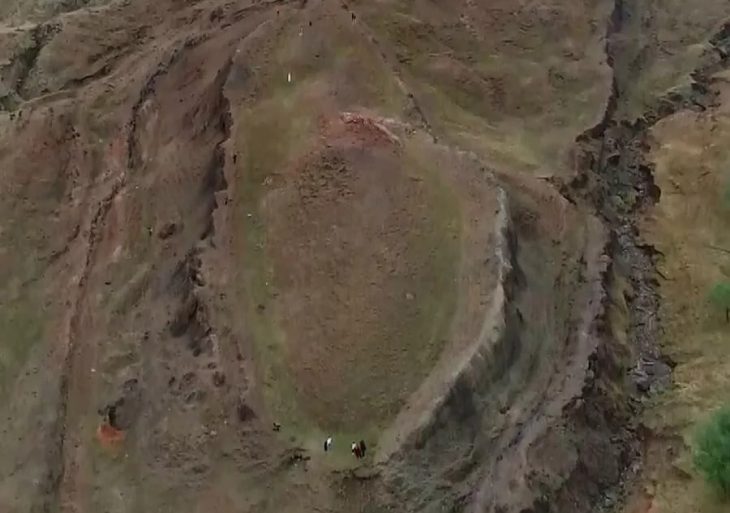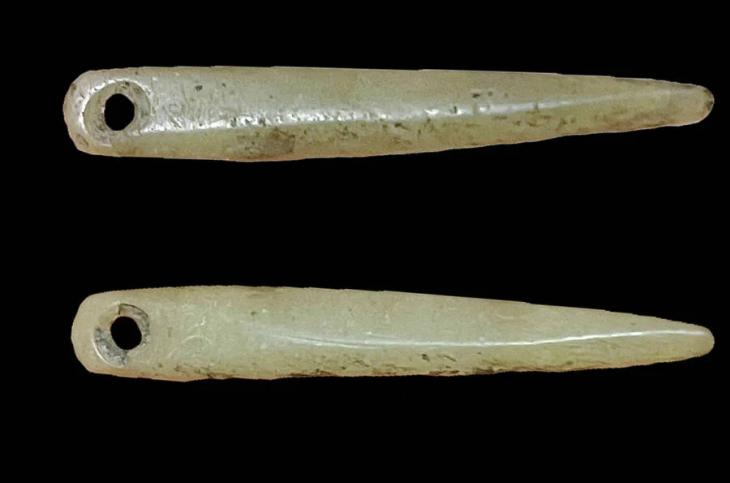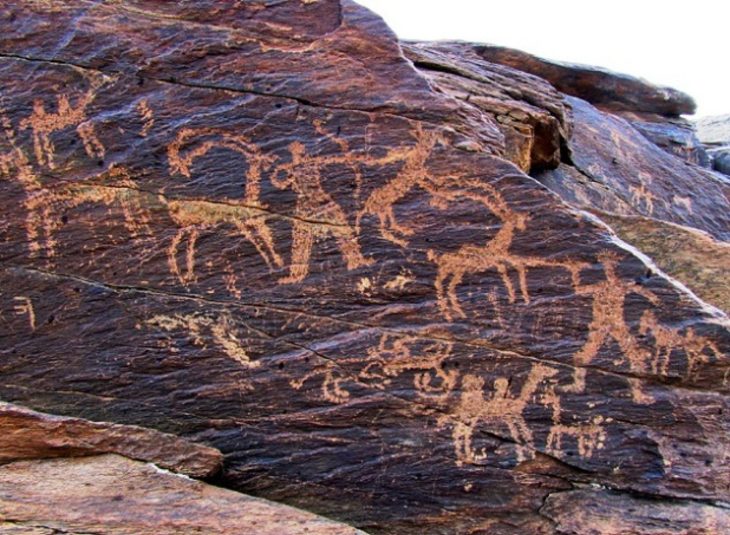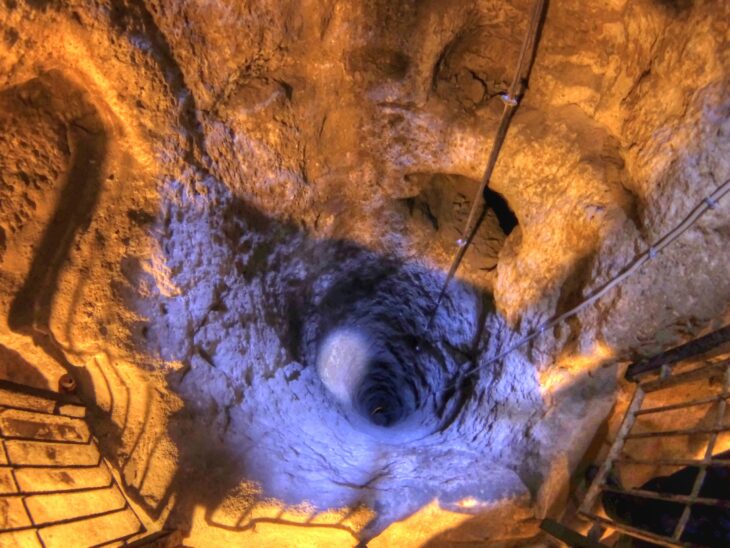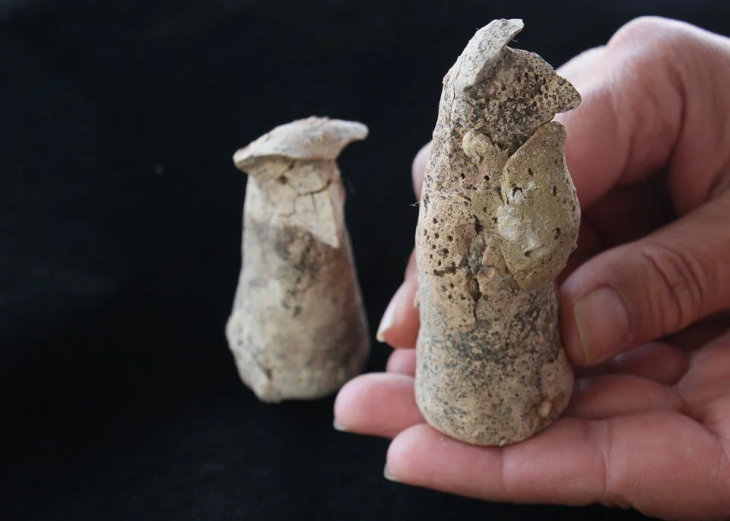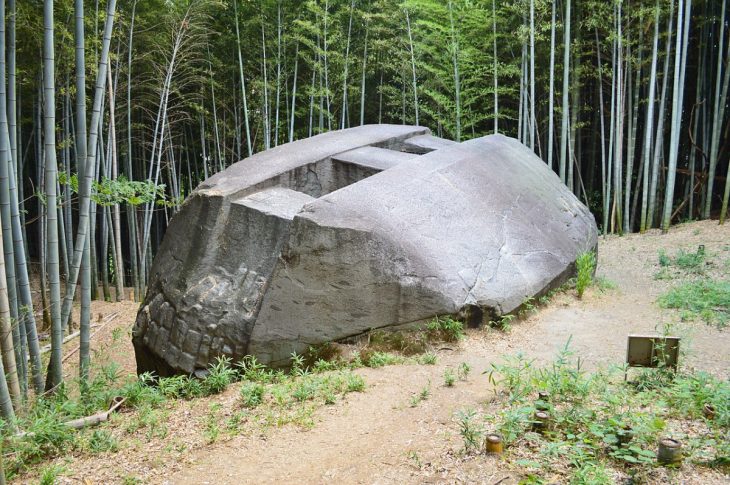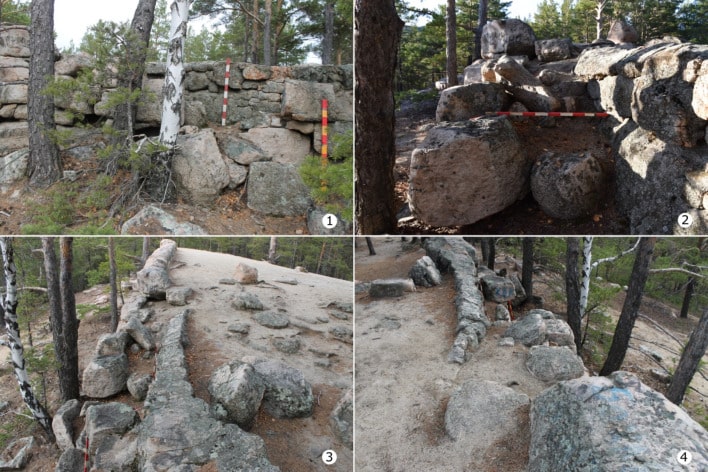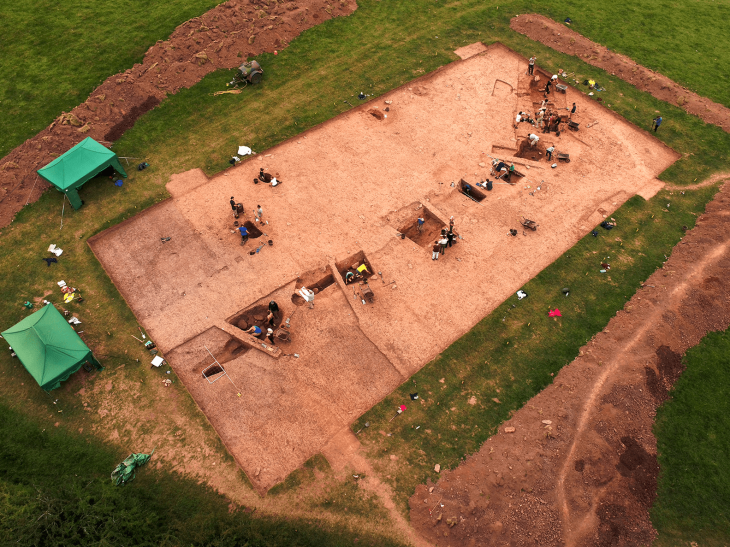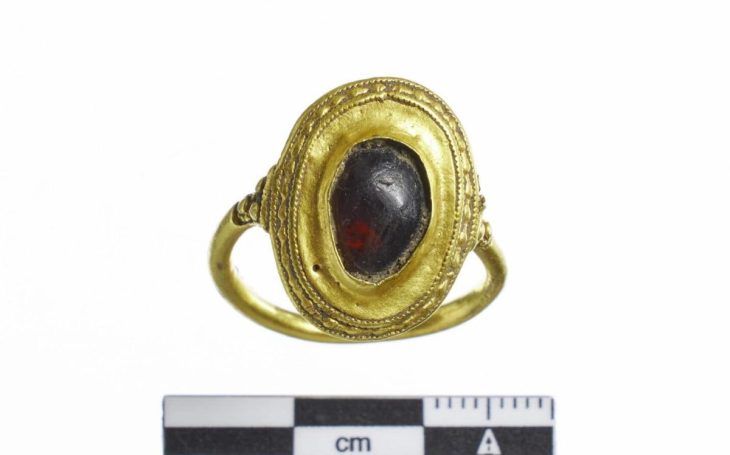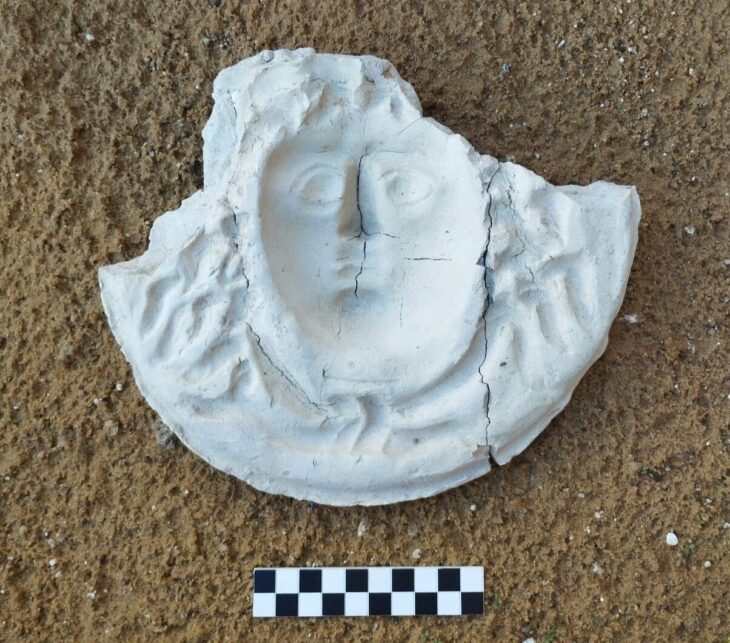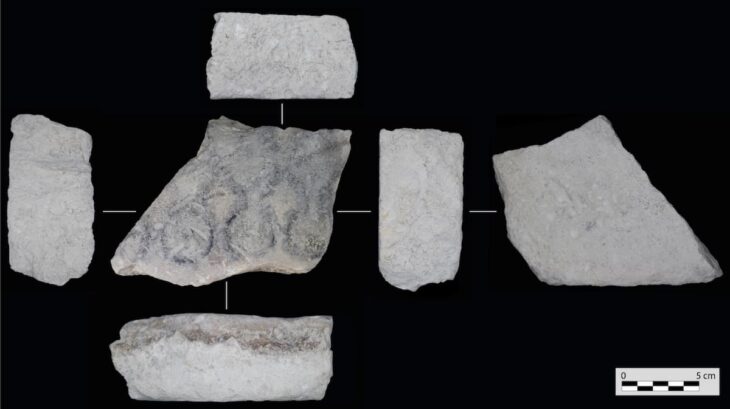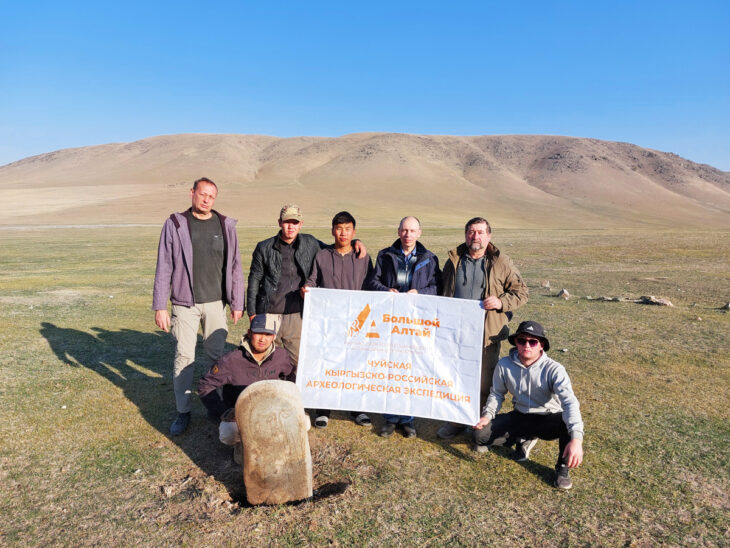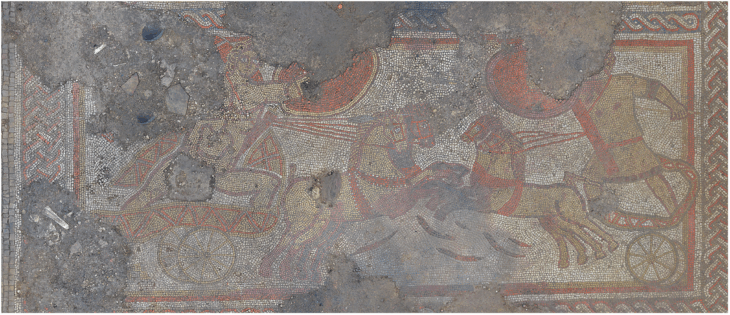Excavations in eastern Türkiye uncover a major religious center of the Urartian Kingdom—The Sacred City of Haldi, shedding new light on ancient Anatolian history.
Archaeologists have uncovered evidence confirming that Körzüt Fortress, located in the Muradiye district of Türkiye’s eastern Van province, was once known as “Haldi Patari,” or “The Sacred City of Haldi,” during the Urartian era. The discovery came after the successful deciphering of cuneiform inscriptions unearthed during excavations at the site.
Led by Dr. Sabahattin Erdoğan, an associate professor from Van Yüzüncü Yıl University’s Department of Archaeology, the ongoing excavations are being carried out with support from Türkiye’s Ministry of Culture and Tourism, Van Governorship, and Muradiye District Governorship.
Who Was Haldi?
Haldi was the supreme deity of the Urartian pantheon, worshipped as the god of war, sky, and kingship. Often depicted standing on a lion and holding a weapon, Haldi was considered the divine protector of the Urartian state and its military conquests.
Temples dedicated to Haldi were built in key cities across the kingdom, and his name frequently appeared in royal inscriptions. As the patron god of the royal family, Haldi’s presence symbolized strength, divine legitimacy, and sacred authority—making sites like “Haldi Patari” (The Sacred City of Haldi) deeply significant in both religious and political terms.
📣 Our WhatsApp channel is now LIVE! Stay up-to-date with the latest news and updates, just click here to follow us on WhatsApp and never miss a thing!!
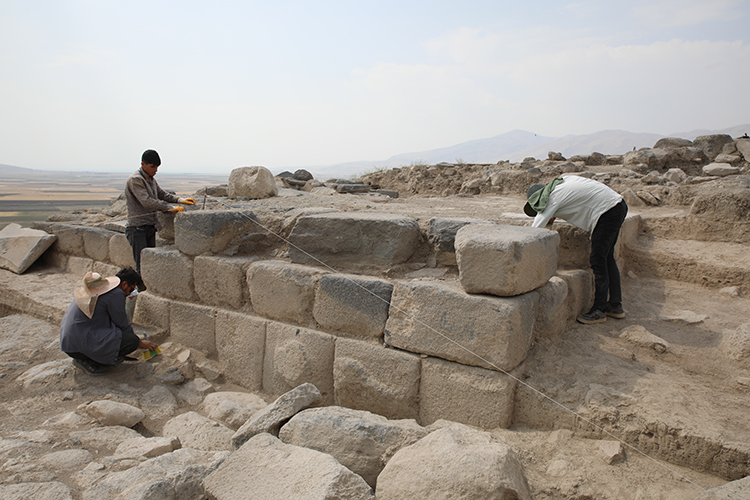
A Fortress with Millennia of Secrets
The Körzüt Fortress, originally built on a rocky hill by Urartian King Minua, has long intrigued researchers. This season’s excavation revealed a host of significant archaeological finds including arrowheads, coins, and both glazed and unglazed ceramic fragments. Yet the most momentous discovery emerged from two basalt stone blocks engraved with six lines of cuneiform script.
“Our interpretation of the inscriptions confirmed the site’s ancient name as ‘Haldi Patari,’ meaning ‘The Sacred City of Haldi,’” said Dr. Erdoğan. “This revelation allows us to fully identify the city’s ancient identity and significance as a major religious center in the Urartian Kingdom.”
The tablets, dating back nearly 3,000 years, mention Haldi—the chief deity of the Urartians—indicating that the area served as a holy sanctuary dedicated to this war and sky god.
Unearthing Temples and Royal Structures
Among the most important findings this year was the discovery of a second temple and the monumental entrance of a “citadel” or palace complex. The excavations also identified key routes connecting the city with surrounding civilian settlements, offering valuable insights into ancient urban planning.
“Identifying the roads leading into the city and the entrance to the citadel gives us a much clearer picture of how this sacred city was structured and accessed,” Erdoğan explained. “Our next steps will include removing debris within the temple and starting a full restoration project.”
In addition to Urartian relics, the team also discovered coins from the 10th century CE and medieval ceramic artifacts, demonstrating the site’s long-term occupation and cultural continuity.
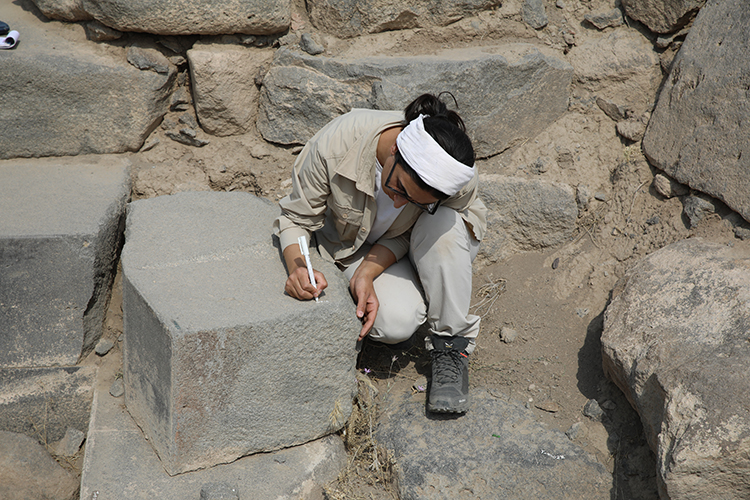
Architectural Grandeur: A Testament to Urartian Engineering
Joining the excavation team, Dr. Can Avcı from Istanbul University emphasized the architectural sophistication of Körzüt Fortress. “This was not just any settlement. Körzüt—or Haldi Patari—was built with such immense stones that some weigh between 6 and 12 tons. Constructing walls nearly 9 meters wide with these materials is a feat of ancient engineering,” Avcı noted.
He highlighted that the massive basalt stones were sourced from nearby quarries and transported across uneven terrain, then precisely fitted to form imposing fortifications.
“These structures were designed not only to protect but also to impress,” said Avcı. “They reflected power to the people and posed a clear warning to potential enemies.”
According to Avcı, the fortress walls surrounding the citadel include some of the largest and heaviest stones ever used in Urartian architecture. The durability and static balance of the construction reveal a deep understanding of materials, gravity, and terrain—attributes often overlooked in ancient construction narratives.
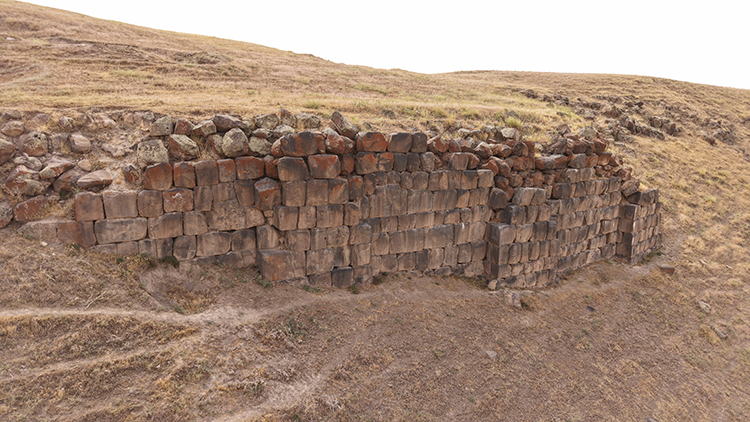
A New Chapter in Anatolian Archaeology
The discovery of Körzüt as Haldi’s sacred city is expected to reshape scholarly understanding of the Urartian Kingdom’s religious and political geography. It also places the Muradiye Plain and the broader Van Lake Basin firmly on the map of major historical and archaeological significance.
For Türkiye and the global archaeological community, these findings are not just about identifying a city—they are about reconnecting with a civilization that once commanded respect and reverence across ancient Anatolia.
As restoration plans move forward, Körzüt Fortress stands poised to become a centerpiece of cultural tourism and a vital window into the powerful legacy of Urartu.
Cover Image Credit: AA

